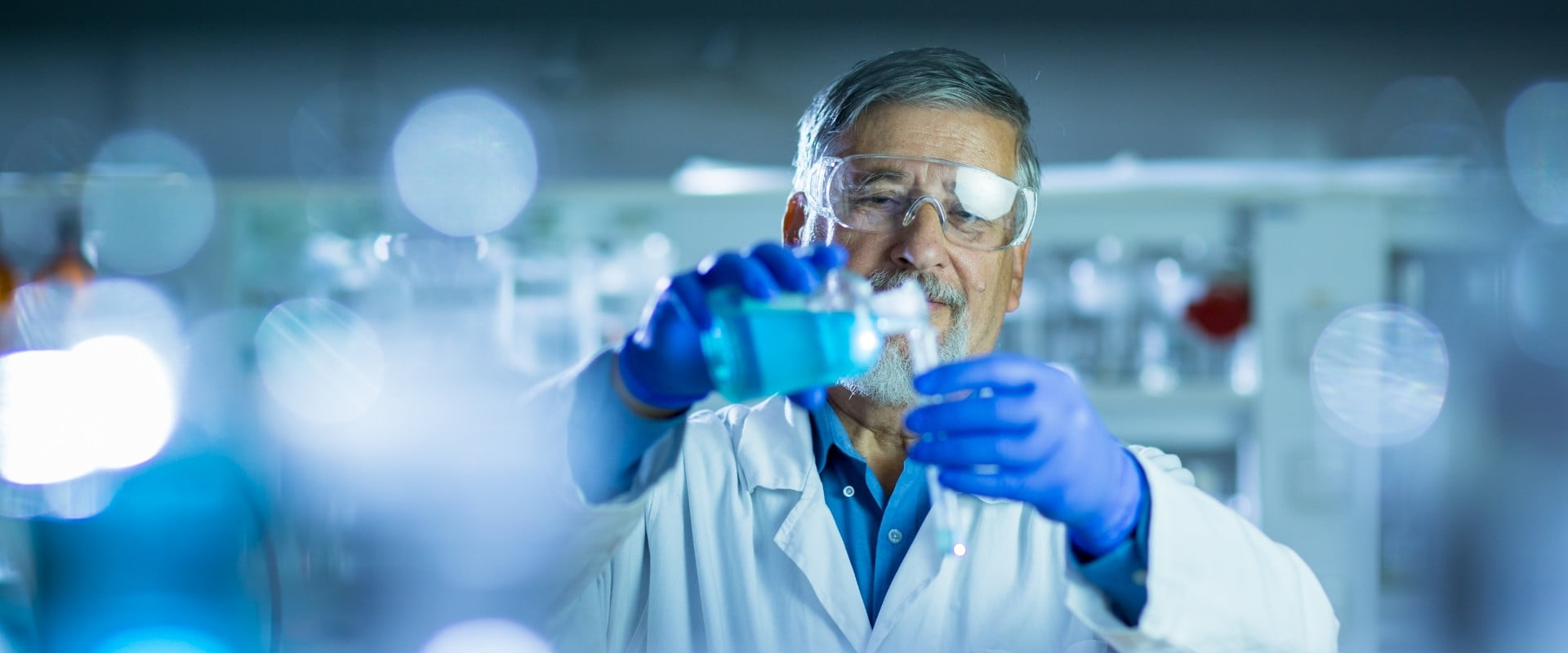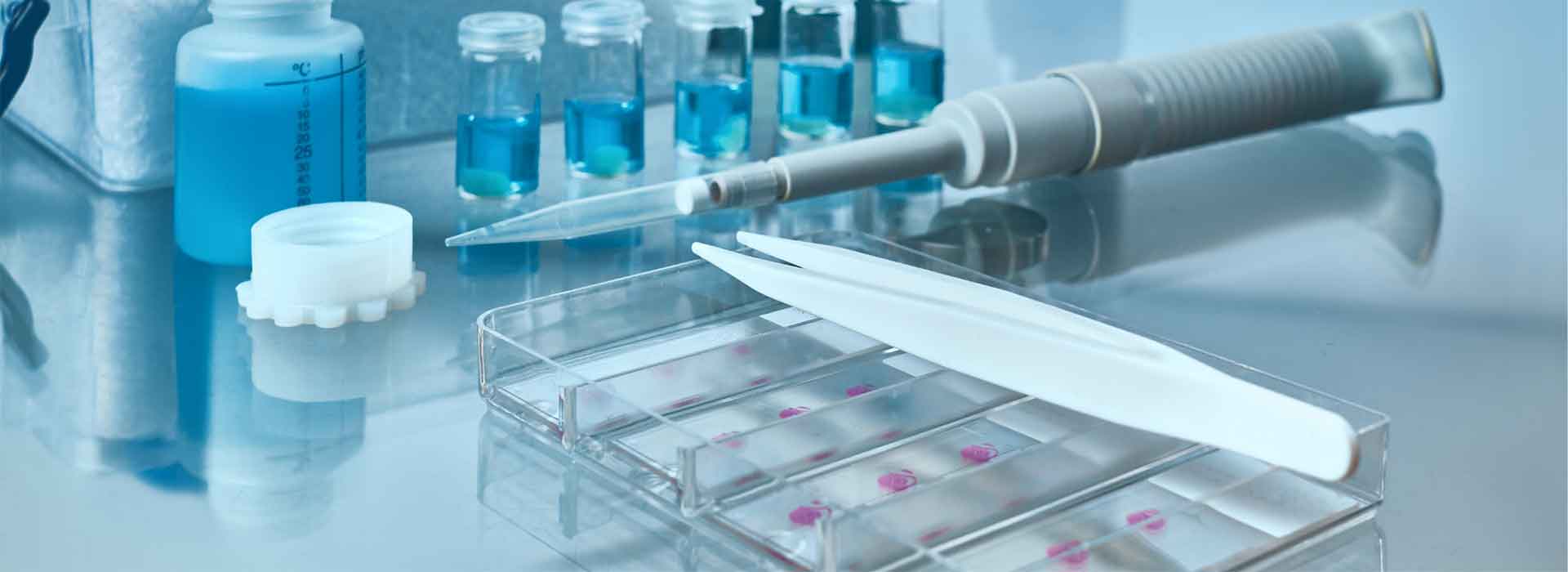How are polymer medical components changing medicine?
The need for improved components and equipment is ongoing, and technology in this area continues to improve, especially with the introduction on polymer medical components. Better performance, cleanliness, comfort, and improved cost-effectiveness are the goals of medical component manufacturers. And manufacturers are reaching those goals, partly because they are engineering components with better materials. For nearly all of modern medical history, metal has been the primary and, in most cases, only choice for medical equipment and components. In recent years, though, polymers have made significant inroads into several medical disciplines, and many researchers, physicians and surgeons see a future where polymer medical components are the standard material.
The introduction of PEEK spinal implants, which have been in use since the turn of the millennium, has set the pace for improved medical component manufacturing. As with any new implantable material or design, the medical world watched for any sign that PEEK would be a risk to patients, but after many years of use, it’s clear that PEEK is extremely safe for use as an implant material.
Spinal implants, as complex as they are, are only the beginning for PEEK and similar high-performance polymers. Polymers are being used in surgical tools and laboratory equipment for several reason.
What is driving the switch to polymer medical components in medicine?
Metal has always been a material choice borne from necessity. Its strength and durability have been essential in producing reliable, sturdy medical components. Some metals, with titanium chief among them, are also accepted by the body, so they can be utilized for implants and trauma devices with little fear that they will produce serious complications. The case for metal has been compelling for a long time.
But it’s not as compelling as it once was with high-performance polymers like PEEK now available. PEEK was first introduced in the early 80s and was quickly employed in an impressive array of extremely demanding applications, including uses in aerospace, chemical processing and automotive industries, where its excellent mechanical and chemical resistance allows it to withstand a lot of punishment. It’s not the kind of material that would seem like a natural fit for medicine, but PEEK offers more than just strength and durability in polymer medical components. For example:
- PEEK’s physical properties can simulate bone very well – This is particularly true when considering modulus, or material stiffness. PEEK offers a similar modulus to bone, and is far superior to titanium in this regard. Because it can simulate bone so well, PEEK can bear loads and preserve flexibility in patients, and it can do both in a way that allows for improved patient monitoring. If the physician knows that PEEK will perform in a similar fashion to bone, it’s far easier to predict its performance over the long term. PEEK’s bone-like properties have made it the biomaterial of choice in many applications. It is this modulus that ensures PEEK spinal cages, spacers and rods bear weight on the spinal column safely, while maintaining enough flexibility. PEEK has even been incorporated into neurosurgery, where it can replace parts of the skull. PEEK’s flexibility is a standout feature in disc arthroplasty, too, where it provides the kind of resilience and pressure-bearing capacity that one would want from a vertebral disc.
- Polymer medical components can improve hospital safety – The threat of an unchecked infection outbreak is always in the minds of hospital directors. This is especially true now, with the emergence of antibiotic-resistant bacteria. Deep tissue infections are particularly troublesome, as the infection can go undetected for a long time, which can threaten the patient’s life. Permanent and life-threatening complications are not uncommon. To fight the potential for an outbreak, hospitals are turning to single-use instruments. Single-use instruments reduce the likelihood of patients being infected by contaminated surgical tools. Metal tools, however, are expensive to use in this way. For this reason, hospitals are replacing more of their surgical instruments with PEEK tools and components. PEEK is far more economical than metal when required in high volumes, due to its ease of fabrication. PEEK can be injection molded into enormous production runs, which keeps the cost of each component down.
- Polymer is lighter and more comfortable – Metal’s strength and durability comes at a cost. It is bulky and unwieldy, even at smaller sizes. This is relevant to both patients and medical professionals. In patients, heavy implants can reduce mobility and range of motion, particularly in older people. Medical professionals who have to perform treatment using a variety of tools, have to lift, move and manipulate them constantly to do their jobs. PEEK components are far lighter than like metal components and tools. The difference may not seem significant, given the size of most medical tools and components, but consider how they are used. A single surgical procedure can last several hours, with little time available to stop and rest. The surgeon may have to use dozens of tools during this process, with one always in their hand. Lighter tools reduce strain on the surgeon, and the likelihood of developing repetitive stress injuries, making polymer medical components ideal.
- High performance polymers have endless potential – This potential has already been realized to an extent, but research is promising some incredible advancements in the near future. Now, PEEK and similar high-performance polymers can be fabricated using sophisticated computer-aided design and machining processes (CAD and CAM). Using CAD and CAM, medical facilities can customize their components and tools as they see fit, as PEEK can be machined without compromising its physical properties. This includes surface properties, which are not lost to the use of abrasive or cutting tools. As such, highly complex and intricate shapes can be produced using PEEK. Furthermore, great progress is being made with additive (3D) manufacturing using PEEK and other polyketone polymers, allowing for customized and patient-specific implants to easily be produced. Engineering firms are already working on improved version of PEEK, optimized for medicine. This includes antimicrobial polymers that resist infection, porous implants that encourage deeper bone growth into the implant, and implants made with hydroxyapatite, which also improve the implant’s osteoconductivity. The first versions of these implants are already in use, and their further introduction will likely give PEEK a major advantage over other materials.
High-performance polymers have an upward trajectory in medicine and are already found in all manner of tools and equipment, including polymer medical components. As PEEK and other polymers are optimized further, this trend will only grow stronger.


